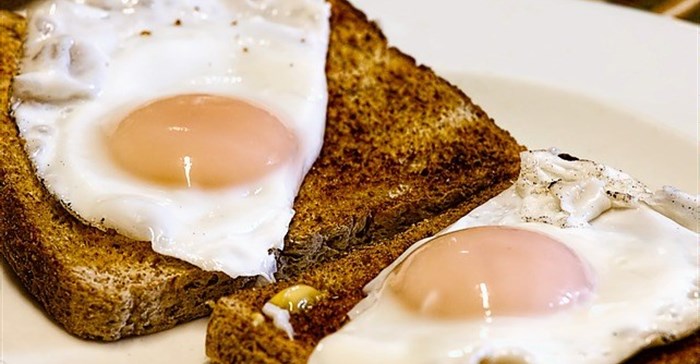
Top stories


LegalNigeria to implement new tax laws from January 1 despite calls for delay, Tinubu says
Camillus Eboh 1 day

This industry has seen pastures improving, thereby reducing the frequency for the need for irrigation which translates to lower electricity costs. In addition, supply outlook for grain crops has improved and the subsequent decline in prices from the second half of 2017 indicates a reduction in food manufacturing cost is eminent.
Producer prices are expected to approach the long-term average share of approximately 37% of the retail prices. “We should see stable to firmer demand with new marketing strategies to reach more consumers in the country, the rebound in the industry following a devastating drought looks positive,” explains Makube.
The egg market is stable and producer prices remain at profitable levels. Prices at consumer level have also remained relatively stable with a steady increase on an average of 6% year on year in January 2017.
“We’ve seen a lot of suppliers enter the eggs market which has increased supplies and placed profitability under pressure. Nonetheless, producers do have an option to reduce their stocks by shortening the lifecycles of their layer hens. The improved grain production outlook bodes well for feed prices, as feeding margins improve towards mid-year,” adds Makube.
According to statistics issued by the Agbiz, South Africa’s total bread production grew by 12% year-on-year (y/y) in December 2016 to a total of 182 million loaves. The growth came from brown bread, it moved up from 82 million loaves in January to 90 million loaves. In fact, from October to December 2016, brown bread production was consistently higher than white bread. Prices of loaves of white and brown bread (700g) increased by 14% and 13% y/y at R13.60 and R12.28 respectively. The price of a loaf of white bread, however, slowed in January 2017, finishing up 11% y/y while that of brown bread was up 13% y/y.

The price of the staple food, white maize, has for the first time in 2017 fallen below R2,000 per ton currently trading at R1,917/ ton, an advantage for food inflation which has remained sticky at double-digit levels of 11.8% y/y in January 2017. The latest production estimates indicate a harvest of 13.9 million tonnes of total maize with the white variety up by almost 144% y/y at 8.3 million tons.
“While this is the first production estimate and is likely to change as the season progresses, our view is that it is likely to improve given the good production conditions. However, the excessive moisture if rains persist coupled with early frost for some areas may result in a slight downward revision to the current crop estimate in the months ahead,” cautions Makube.
“The continued fall in maize prices on a year-on-year basis is expected to begin to filter through into the feed prices. Maize is a major input cost component, and a reduction in prices effectively means we will see feed prices begin to slowly stabilise. Agriculture is not out of the woods yet, but it is on its way out of the red and back into the positive,” concludes Makube.